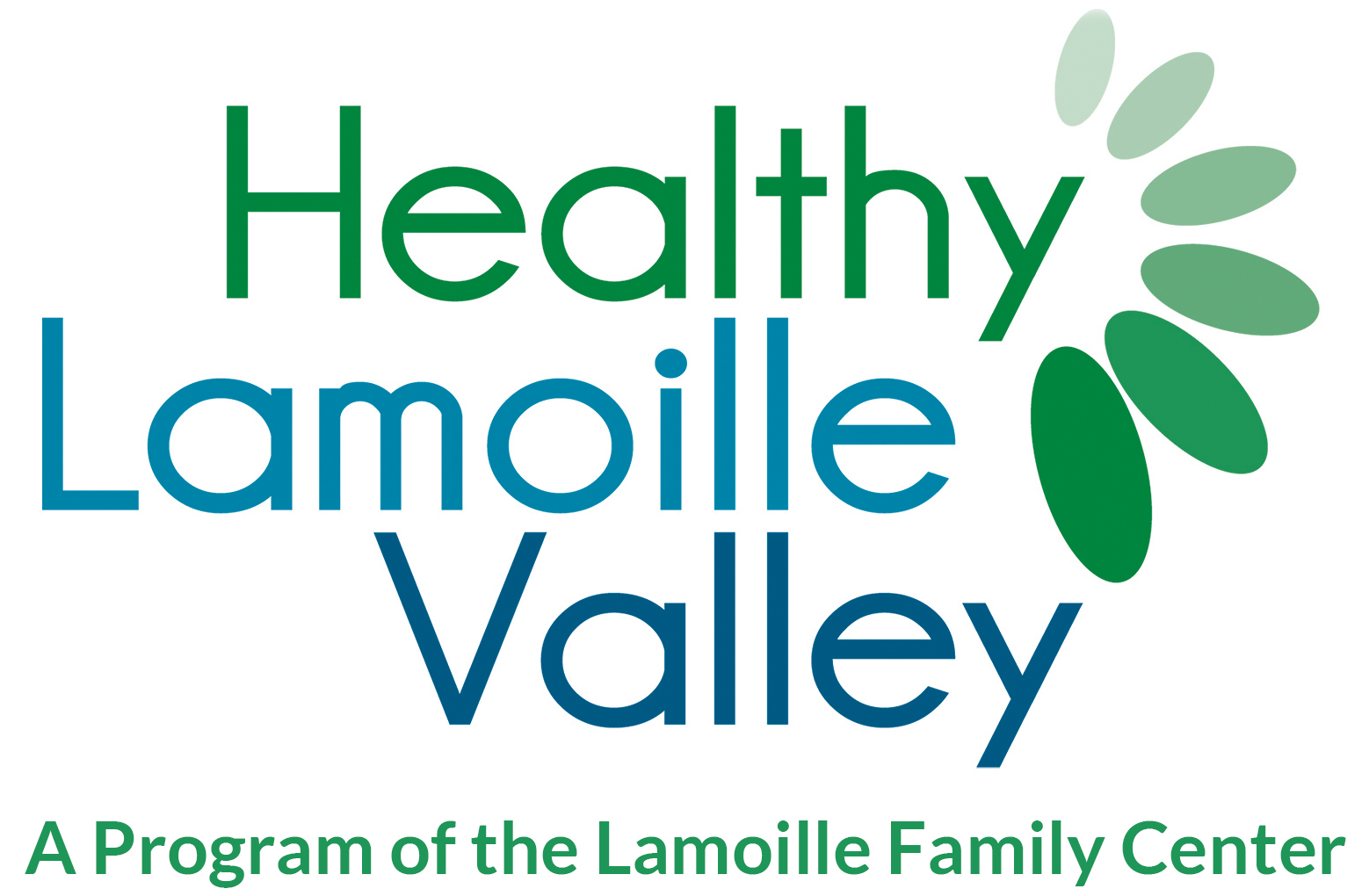
Policy related information by substance
Policy related to Cannabis/Marijuana
Act 164, an act pertaining to retail cannabis sales was passed by both the House and Senate and allowed to become law without the Governor’s signature on October 7th, 2020. Under Act 164 towns will need to take a community wide vote to opt-in to allow retail cannabis sales in their town. It’s a big decision and there are lots of things to consider, especially the impacts that it may have on area youth. The state’s Cannabis Control Board (CCB) is set to begin meeting at the end of the month to start to decide many of the details that will impact the retail industry in VT. The CCB will be working through the year to establish the rules that guide this industry.
Online policy resources related to cannabis can be found at:
Healthy Lamoille Valley Act 164 information page for communities
Healthy Lamoille Valley Act 164 information page for municipal leaders
Prevention Works VT
Health Policy Clearing House
Mt. Ascutney Prevention Partnership Act 164 overview
Burlington Partnership for a Healthy Community information on cannabis and youth
Locations:
- Town Buildings: Town Hall, Town Clerk’s Office, Fire Department, Town Garage, Schools
- Town Properties: Recreation Fields, Parks, Trails, Town Greens, Sidewalks, Cemeteries, Beaches, Town Vehicles
Rationale and Current Relevant State Policy:
- State and national policies are in a state of flux.
- Oct 7, 2020: Vermont legislature passes S. 54 to create a regulatory system for the production and sale (and tax) of cannabis and cannabis products in Vermont.
- Legal in Vermont: Cannabis bill that allows (and taxes) retail sales becomes law
As of July 1, 2018, here is what towns need to know about Act 86. It is illegal to consume marijuana in a public place, including any:
- street, alley, park, or sidewalk
- public building (other than individual dwellings)
- place of “public accommodation” as defined in 9 V.S.A. §4501 – this includes: schools, restaurants, and stores; any establishment or other facility at which services, facilities, goods, privileges, advantages, benefits, or accommodations are offered to the general public; place where use or possession of a lighted tobacco product, tobacco product, or tobacco substitute as defined in 7 V.S.A. §1001 is prohibited by law (18 V.S.A. §4230a(a)(2)(A)
(from Mt. Ascutney Prevention Partnership summary document – full document attached)
Municipalities may adopt a civil ordinance to provide additional penalties for consuming marijuana in public places. (18 V.S.A. §4230a(b)(2)(D))
Data:
According to Vermont Youth Risk Behavior Survey (YRBS) data, while the number of high school students who have ever used marijuana has been stable over the last two years (37%), the number of students who currently use marijuana has increased from 22% to 24%.
Strategies:
- Regulation about allowing medical marijuana dispensaries, retail facilities, lounges and grow spaces in the town.
- Regulation about the number, location and advertising of medical marijuana dispensaries, retail facilities, lounges, and grow spaces. Regulation about adult-only establishments.
- Regulation of marijuana use in public spaces.
Vermont Example: Morristown: 401.6 Permit Prohibited. No permit shall be issued by the Zoning Administrator or the Development Review Board for any marijuana dispensary.
Policy related to Alcohol
Locations:
- Town Buildings: Town Hall, Town Clerk’s Office, Fire Department, Town Garage, Schools
- Town Properties: Recreation Fields, Parks, Trails, Town Greens, Sidewalks, Cemeteries, Beaches, Town Vehicles
- Local stores and restaurants
Rationale: Responsible policies help mitigate the harmful consequences of alcohol use. They help reduce access by minors, ensure that adults drink responsibly, and reduce liability, including injury, sexual assault, public disturbances, and vandalism.
Data: According to the 2017 Vermont Youth Behavior Youth Survey (YRBS) data, compared to 2015, more high school students report ever drinking alcohol (58% vs. 56%), as well as drinking in the last 30 days (33% vs. 30%). People who begin drinking before age 15 are four times more likely to develop alcohol (National Institutes of Health)
Strategies:
- Policy on acceptable practice for alcohol service when permitted in public space or at events, including trained servers and other safeguards
- Prohibition or restriction of alcohol consumption in town buildings
- Prohibition or restriction of alcohol consumption on town (public) properties, such as greens and parks
- Prohibition or regulation of alcohol possession at community events
- Regulation of store and restaurant licenses to reduce density
- Regulation of liquor outlets to reduce proximity to community facilities (schools, day cares, parks)
- Regulation of alcohol advertising, for example through content-neutral advertising regulations
- Regulation of alcohol product placement
- Regulation of hours of operation of alcohol sales and service at stores and restaurants
- Procedures for handling intoxicated individuals
- School drug and alcohol policy for students
Vermont Examples: See A Primer On Planning for Prevention
Current Relevant State Policy:
- It is illegal for anyone under 21 to drink or purchase alcohol in Vermont.
- It is illegal to sell alcohol to anyone under 21.
- It is illegal to purchase or furnish alcohol for minors, even on your own property.
- It is illegal to have a Blood Alcohol Content (BAC) of .08 and operate a motor vehicle or boat (.02 for minors, .04 for commercial drivers).
Other helpful resources: The Department of Liquor Control offers training in responsible beverage sales and service. The Department of Liquor Control does compliance checks for alcohol at stores and restaurants.
Law enforcement does saturation patrols and party patrols.
Policy related to Tobacco
Locations:
- Town Buildings: Town Hall, Town Clerk’s Office, Fire Department, Town Garage, Schools
- Town Properties: Recreation Fields, Parks, Trails, Town Greens, Sidewalks, Cemeteries, Beaches, Town Vehicles
- Local stores/employers
Rationale: Tobacco use policies protect everyone’s health from secondhand smoke, help or motivate smokers to quit, change social norms around tobacco use and mitigate tobacco/smoking related sanitation costs.
Creating tobacco free spaces, including tobacco substitutes such as e-cigarettes, vape and JUUL products, is the most effective way to reduce second hand smoke/vape exposure. “There is no risk-free level of exposure to secondhand smoke.” (Surgeon General). Designated smoking areas do not eliminate exposure and are difficult to enforce. (See additional smoke free parks document).
Data: New data from the 2017 Vermont Youth Risk Behavior Survey (YRBS) shows that, on average, Vermont middle school and high school students are more likely to have tried electronic vapor products like e-cigarettes in 2017 compared to 2015, increasing from 7% to 9% for middle schoolers and from 30% to 34% for high schoolers.
Strategies:
- Tobacco-free campuses, town buildings and properties, including e-cigarettes and vape products
- Tobacco free parks and recreation areas; 25 foot perimeter extensions
- Regulation of tobacco outlets to reduce proximity to community facilities such as schools, day cares, parks
- Tobacco-free town vehicles, including e-cigarettes and vape products
- Zoning regulations or ordinances to cap the number or location of tobacco licenses
- Reducing tobacco advertising, for example through content-neutral advertising regulations
- Reducing youth exposure to tobacco products, for example through placing behind counters and away from popular youth products such as candy
- Employee wellness policy
- School tobacco policy for students
Vermont Examples: (Also, see additional page on VT Outdoor Smoke Free Policy Laws)
Parks – There are full smoke-free parks ordinances in: Burlington, Brattleboro, Londonderry’s Pingree and Memorial parks, Enosburg Falls, Rutland, St. Albans, Hartford, and the Village of Woodstock. In 2013 Sharon, VT passed an ordinance prohibiting tobacco on all town-owned properties and in vehicles. Although they have not passed town ordinances, as part of park policy, Bennington, Manchester, St. Johnsbury, Essex Junction, and Essex Town have posted no smoking signs in town parks. Both Rodchester and Vergennes Skate Parks have smoke-free policies. D
- In 2018: The Morristown Selectboard voted unanimously to put up signage for Oxbow Park to be tobacco and smoke free and approved new signage.
- The village of Lyndonville approved a smoking/vaping ordinance for village-owned parks. Violators will face a $50 fine. (2018)
- Towns – Sharon, Hartford, and Dorset, Vermont passed ordinances prohibiting tobacco on all town-owned properties and in vehicles.
Current Relevant State Policy:
- It is illegal for anyone under 21 to purchase or use tobacco products or tobacco substitutes.
- It is illegal to sell tobacco products or tobacco substitutes to anyone who is under 21 in Vermont.
- Tobacco and tobacco substitutes are banned in all workplaces and public buildings in the state of Vermont, including restaurants, bars, public transportation, stores, state buildings, and rooms rented to guests in hotels, motels, and other lodging establishments. State Colleges will be tobacco free by July 1, 2019.
- It is illegal to smoke within 25 feet of state buildings; State House Lawn is smoke free.
- It is illegal to smoke on the campus of state-owned and operated hospitals or secure recovery facilities.
- Use of tobacco or tobacco substitutes is prohibited on all public school grounds and at school sponsored functions.
- Use of tobacco or tobacco substitutes is prohibited on the grounds of any day care or pre-school.
- It is illegal to smoke in an automobile when a child in a car set or booster seat is present.
- Liquid or gel substances containing nicotine must be in child-resistant packaging.
Other helpful resources:
- The Department of Liquor Control offers training in responsible tobacco sales.
- The Department of Liquor Control does tobacco compliance checks at stores and restaurants.
- 802 QUITS offers many options to help people quit smoking.
Tobacco use is one of 3 behaviors that leads to more than 50% of deaths in Vermont. Show your commitment to reducing chronic disease through worksite wellness! Be a 3-4-50 partner!
Vermont Department of Health information about each substance:
———————————————————————————————————————
Last updated: 11/30/2021
This page is updated regularly. If you have any resources you’d like to see added to this section, please contact Alison Link, [email protected].
